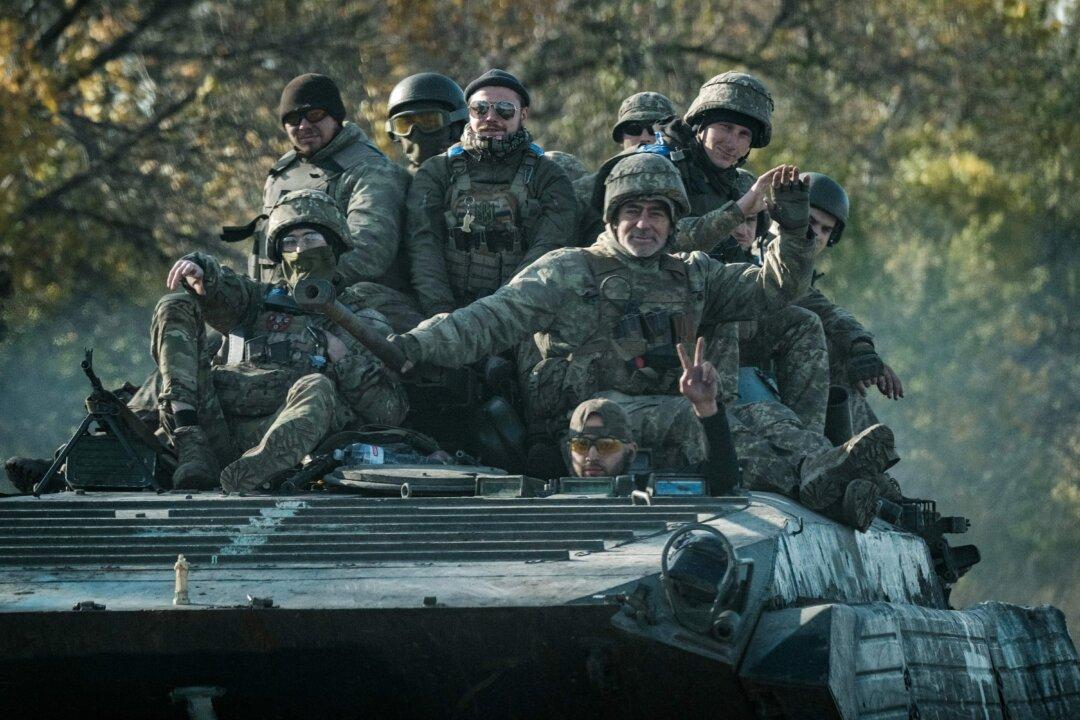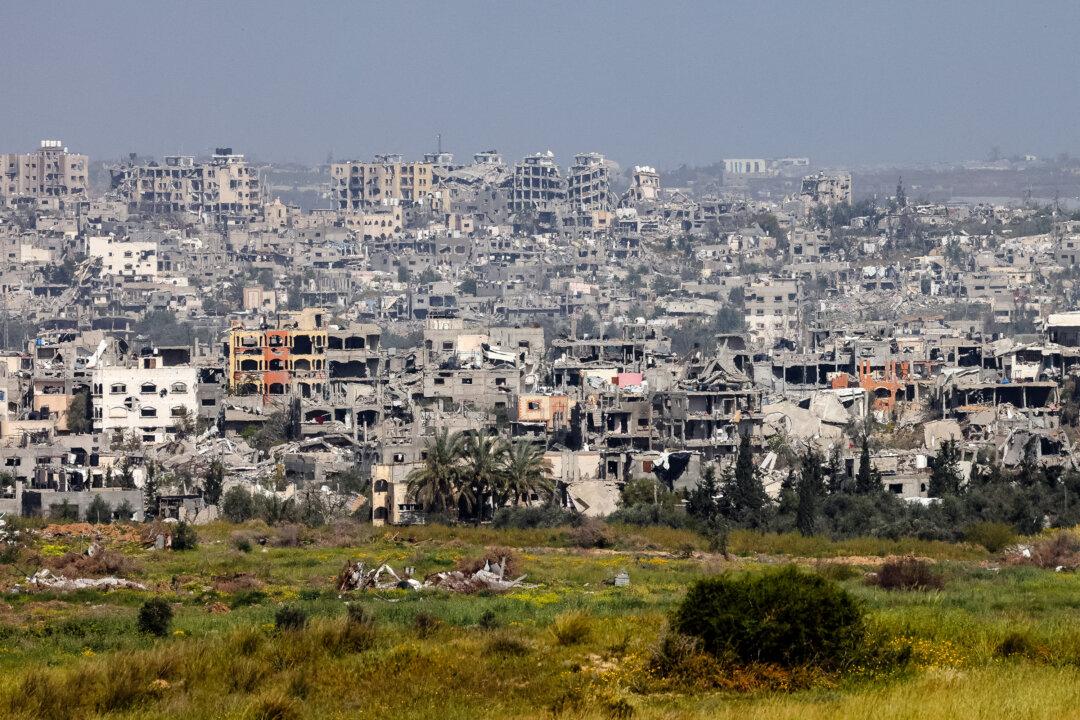Commentary
“Against all odds, Ukrainians are winning,” The Washington Post told us in March, less than one month after the Russian invasion. Ukraine has continued to win, week after week, month after month, the Western press has since relentlessly reported. A Google search of “Ukraine is winning” turns up 168,000 results, most of them confirming Ukraine’s success. This week was no different: “Ukraine is ‘winning’ against Russian army,” stated Sky News Australia.






